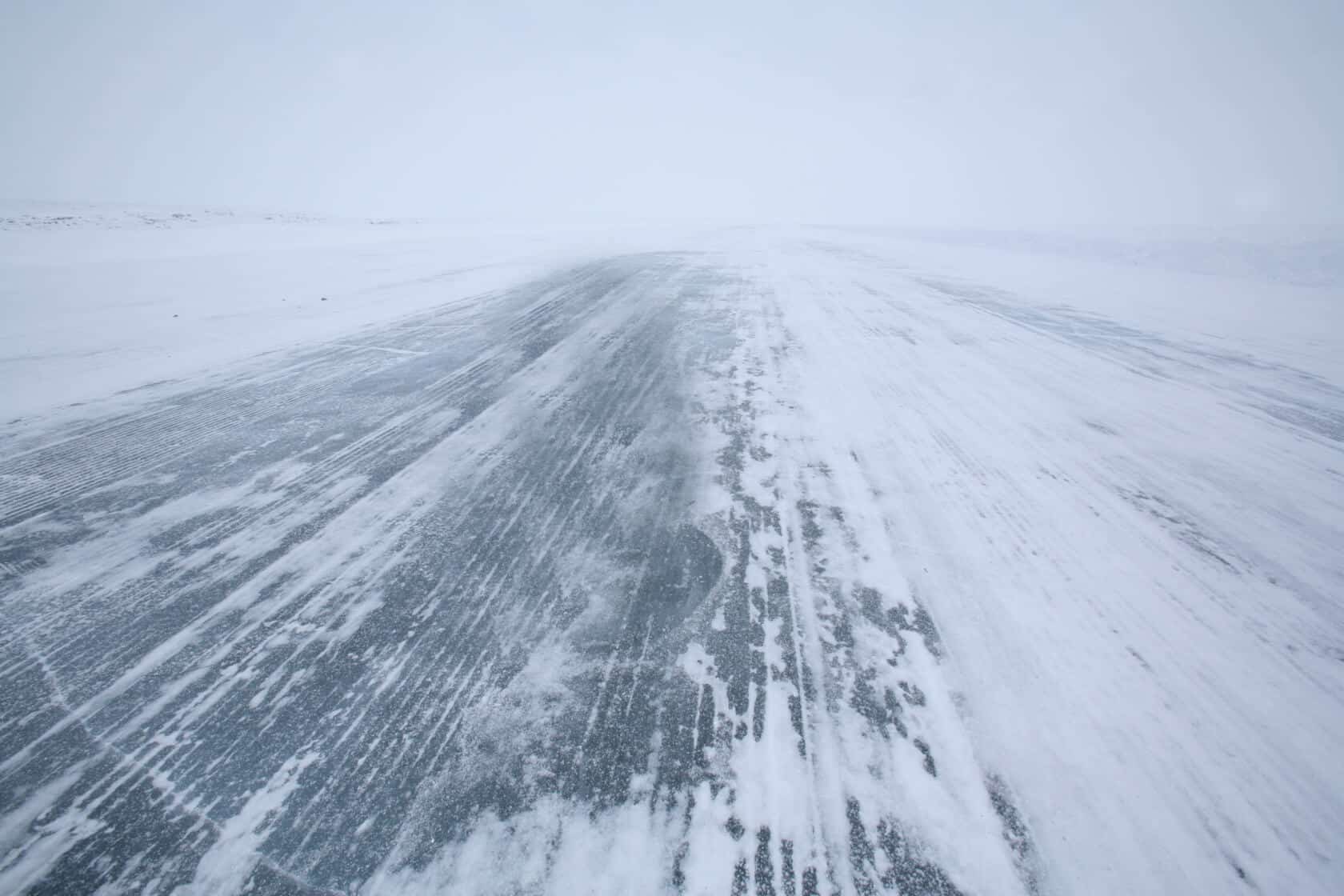Recently, director Jonathan Hensleigh presented a new action thriller The Ice Road starring Liam Neeson, Laurence Fishburne and Holt McCallany. Back in the spring, the streaming platform Netflix bought the rights to the show for crazy money. And the film itself is worth being on the big screens or then repeated several times at home. Especially since the idea catches from the first minutes.
Getting to the diamond mines in Canada is complicated with the natural conditions of the soil. Neither highways nor runaways could be built there. The only road that connects the continent with the mines exists two months in a year – routes on the frozen rivers and lakes surface.
In one of the mines, the Katka diamond mine had a methane explosion. Several dozen workers remained trapped underground. They have 30 hours to escape, while it all depends on four truck drivers who have to bring rescue facilities.
The fact is that it was already April when the ice road melts gradually. At that time of the year, most drivers go on holiday because it makes no sense to go on the ice, but it is dangerous. So the boss of the trucks’ depot, two men – volunteers and a young but very professional female driver go on the road risking their lives.
Only three trucks and four drivers. A representative of the insurance company joined the fifth passenger. However, he pretends to be an insurance agent who turns into a complete traitor. A film well worth the watch.
Echo of the Remake
The Ice Road was filmed not only by a prominent director but also a world-famous screenwriter.
Jumanji, Die Hard with a Vengeance, Armageddon, these stories came from the pen of Jonathan Hensleigh and gained fame around the world.
Before Hensleigh, other directors from different decades began filming stories about dangerous routes in the world.
The first version was from the French director Henri-Georges Clouzot with The Wages of Fear (1953). Four drivers transported nitro-glycerine in their trucks to extinguish a burning oil mine. It happened in Guatemala.
The second version of the film, Violent Road, discovered the rocket fuel, consisted of light burning liquids and, of course, was at the life choice either it would explode in the air or deliver on time.
The third thriller, named The Sorcerer, described the dynamite, which leaked the nitro-glycerine. The latter accumulated and also threatened to destroy part of the community. Well, at least.
Life and Death
The director aptly pursues a line of life values and priorities. For instance, one out of the two brother-drivers had an army injury in the past and suffered from lexical defects.
They constantly work together. The dyslexic brother was fired from many previous jobs. He was more like an obstacle to the older brother’s wealth and stable life. They had their ups and downs in the relationships, almost until the end, after a long struggle with local bandits, the younger brother died.
He stopped the truck with his own body and thus saved the last one. One truck went under the ice, the other turned into crumpled iron in the skirmishes. Someone sacrificed his life rescuing others to always be remembered.
The Real Dangers
The plot idea we see in this film may seem like one from those based on real-life stories. Even if we didn’t know about the remakes, the plot is fiction. But what is the real life of the ice-road drivers?
Such ice highways run from the city of Yellowknife. The longest route reaches 600km of ice and is considered one of the most dangerous roads in the world.
However, this is the only road in the world where drivers are allowed to drive without a seat belt. All because they only have a few seconds to escape if the truck goes underwater. Preventing risky accidents, the road is open from late February to early April, whereas travel is allowed only when the ice increases to 125cm.
Even then, the road is open after being tested itself with a special truck – a huge amphibious vehicle. One way direction could take up to 20 hours.
For two months, the drivers transport thousands of freight traffic, products, clothes, equipment and facilities for locals. Drivers go most often at night, as the winter temperature persists at a low degree and the ice is stronger.
The drive path on the ice is safe, but there are risky areas like the shoreline. There the ice is thinner, and the wave, which the truck creates in the process of moving, by physical pressure, could split or even crack the armour of the ice crust.
Therefore, trucks approach the shore at low speeds. In America, there is a reality – series called the Ice Road Truckers, with the real drivers of the ice roads. More than 10 seasons of frosty stories in Alaska and Canada. Meanwhile, drivers of ice roads are considered national heroes, they are treated with great respect.
Another one from our movie collection, this time we focused on Fear Street:
Support us!
All your donations will be used to pay the magazine’s journalists and to support the ongoing costs of maintaining the site.
Share this post
Interested in co-operating with us?
We are open to co-operation from writers and businesses alike. You can reach us on our email at [email protected]/[email protected] and we will get back to you as quick as we can.









